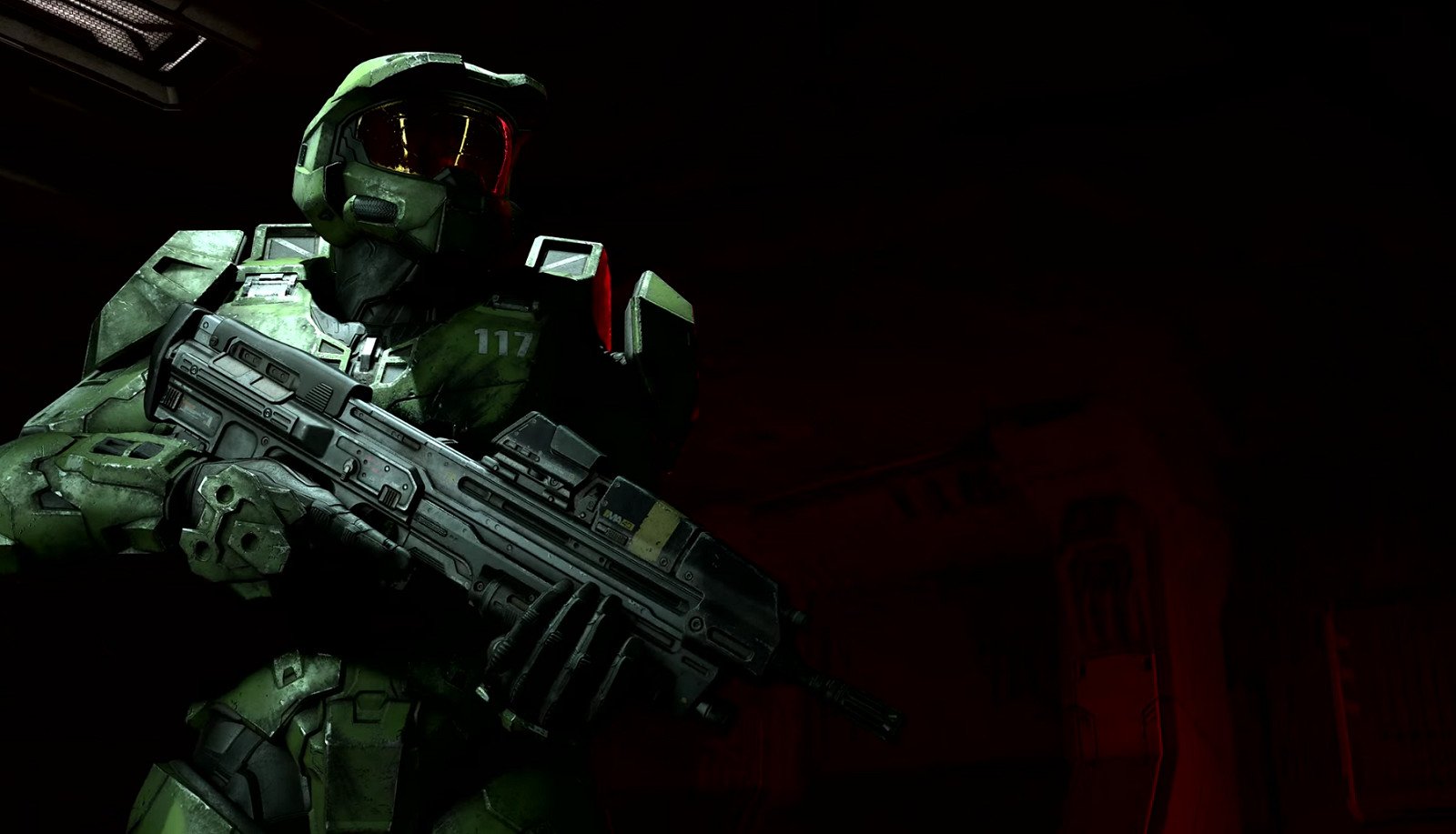On the PlayStation 4.5 'Neo' and what it means for the Xbox One
It seems like Sony is about to pull the trigger on more frequent hardware iterations for home gaming consoles, and discussions about the implications are running wild.
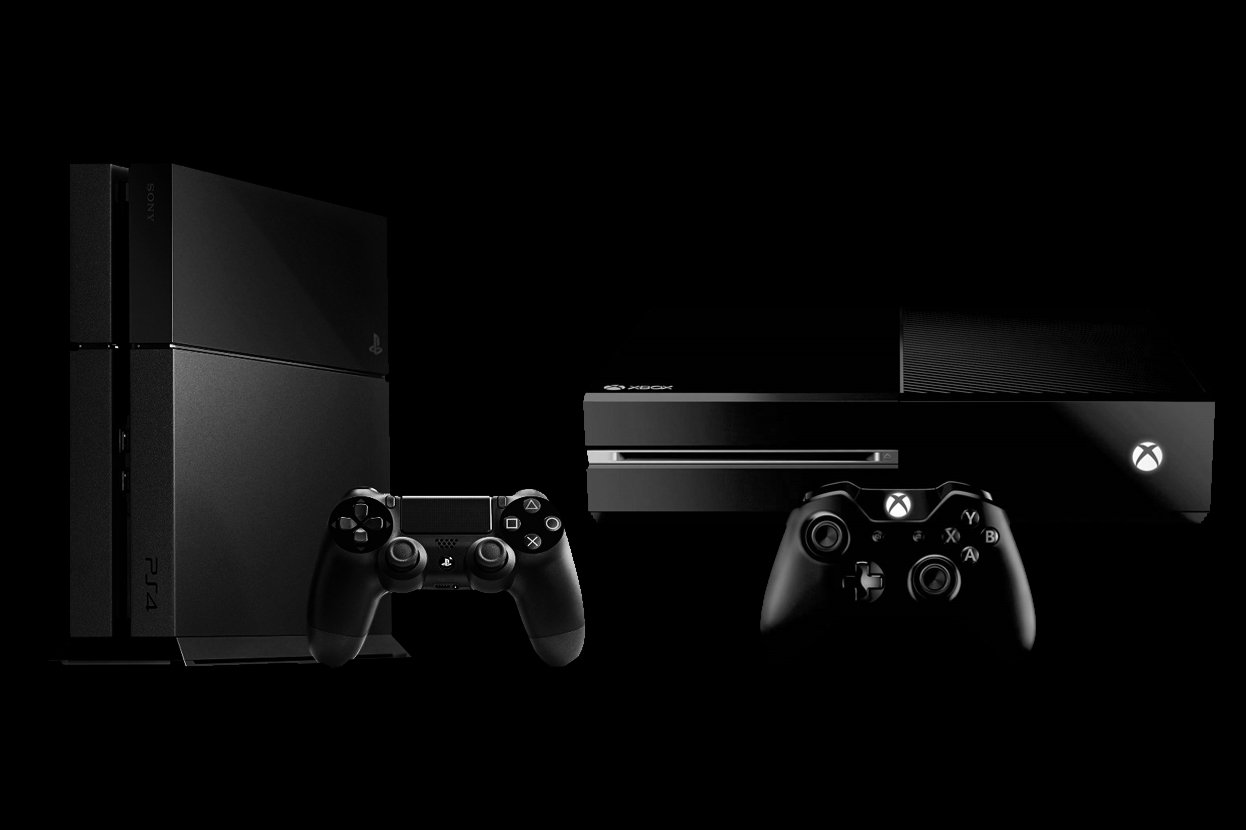
Separate reports claim that Sony is working on a PlayStation 4.5, codenamed Neo, which will bring superior graphics as a result of more powerful hardware. The report also states that developers will be unable to make Neo-exclusive games, as to not alienate current PS4 owners. Instead, devs will be able to create games with two tiers of visual settings, with improvements for the more powerful hardware of the purported Neo PlayStation.
Fan reactions seem mixed. Some are excited about the prospect of upgrading to a more powerful console so soon. Doubtless, some of Sony's exclusives like the upcoming Uncharted 4 will be used to showcase the increased power of the Neo graphics settings. Others are annoyed that Sony seems intent on shortening the typical console cycle, breaking the covenant of a single, long-lasting investment for static gaming hardware.
For better or worse, I feel as though a console like the PS4.5 was all but inevitable, as tech innovation speeds up. Xbox head Phil Spencer has publicly stated that the Xbox One will not follow suit with a mid-generation spec upgrade and that he'd hope the next Xbox configuration would have significantly more powerful specs, rather than proceed at minor increments.
I'm no Oracle, but if Sony plays its cards right, I think the PS4.5 could pose a threat to the Xbox One, which has so far done quite well to weather the storm left in the wake of Sony's head start.
"Do not try and bend the spoon."
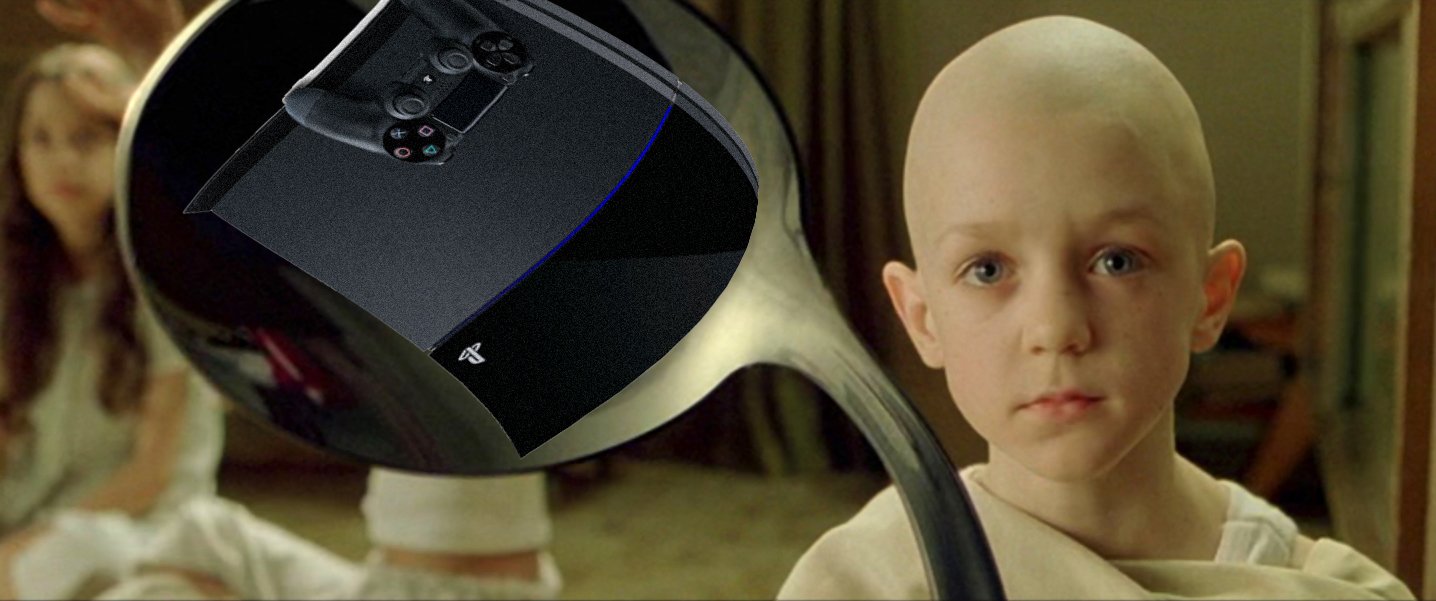
Of course, Sony is walking a risky path by breaking the sacred promise that is the console cycle.
For the biggest PlayStation fans, getting even better visuals out of Sony's excellent exclusives is more than enough incentive, whereas others will feel betrayed, knowing that their basic PS4 will prematurely become a second class citizen.
Even though that reportedly, the PS4 will (for now) receive all the same games as the Neo, knowing they could look better on an upgraded version of your box disrupts the idea of what a console is while being coupled with all sorts of unanswered questions. Will the Neo version of Battlefield 5 offer longer draw distances, better resolutions, and more stable frame rates on the Neo compared to the PS4? If so, then more affluent players who fork out for the upgrade could buy their way to a competitive advantage. Not good.
All the latest news, reviews, and guides for Windows and Xbox diehards.
It'll all depend on how Sony control the narrative, and respond to the growing concerns.
There's also the concern that Sony could set a precedent. If the PS4.5's incremental, smartphone-like refresh is successful with consumers at large, then will we be seeing new consoles every three years? Every two years? Every year?
Of course, the model is insanely successful for Apple, and standardized x86 architecture paves the way for that sort of system on consoles, on both the PlayStation and Xbox One sides (and possibly Nintendo's NX too, to complete the Trinity). One of the benefits of console gaming has always been the knowledge that your one-off investment will remain the best option for at least five years, which is a significant advantage for gamers who don't want the hassle of gaming PC upgrades.
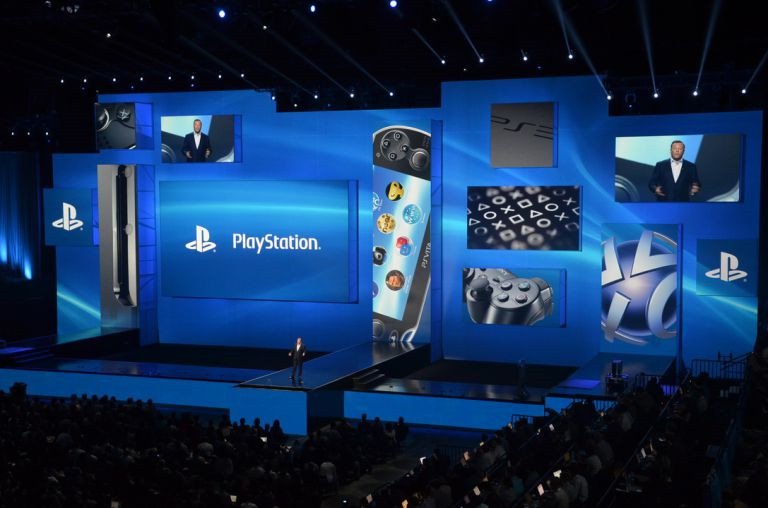
The PS4.5 could backfire with the influential core community, whose vocal indignation during the Xbox One's launch allowed Sony to take a head start in the first place. If Sony allows arrogance to cloud their judgment resulting from their pole position, they risk painting themselves as a money-hungry corporation willing to trample on the long-established cycle for a chance to grab a slice of Apple's lucrative planned-obsolescence pie. Worst case scenario: Sony dedicates their upcoming E3 conference to pushing their low-poly PSVR mini games while explaining to PS4 owners that to get the most out of upcoming exclusives, they need to drop another $500 on the PS4.5. It'll all depend on how Sony controls the narrative, and responds to the growing concerns.
Sony, at the end of the day, are a business, and when the tip of your profit spear is PlayStation hardware, the appearance of 'Neo' was… inevitable.
Matrix Resolutions
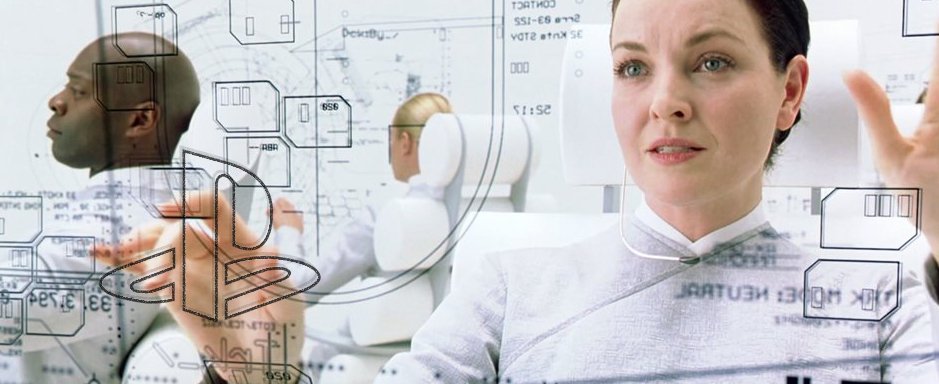
One of the jokes that sprung up immediately following this news was a comparison to The Matrix, of which Sony appears to be big fans. Previously, their PSVR was codenamed Project Morpheus, named after the main character's mentor, who so happens to be called Neo (who in turn, is somewhat ironically referred to as "The One" in the movies). The Matrix sequel movies are a point of controversy, as many felt they were less inspired than the first, and largely unnecessary. It's a poignant comparison, best illustrated by this popular parody account:
PlayStation 4 Neo is a rushed sequel that nobody seems to want, which is why we named it after a character from the Matrix franchise.PlayStation 4 Neo is a rushed sequel that nobody seems to want, which is why we named it after a character from the Matrix franchise.— CEO Kaz Hirai (@KazHiraiCEO) April 19, 2016April 19, 2016
Indeed, PlayStation has become Sony's flagship product, following the decline of almost every other segment of their business. The standardized x86 architecture allows Sony to create an upgraded console relatively easily, without cutting off the catalog they've built up with the PS4 already. You should expect future PlayStations and Xboxes to be compatible with every title launched this gen, and for the foreseeable future.
Reportedly the 'Neo' PlayStation already has developers concerned. Nintendo has a similar model for their handheld line, splitting development across multiple hardware versions of the Nintendo DS (and the GameBoy before it). As newer models cannibalize the old, it gives rise to games that are exclusive to the latest models, giving their devices a smartphone-like, slow-burning obsolescence.
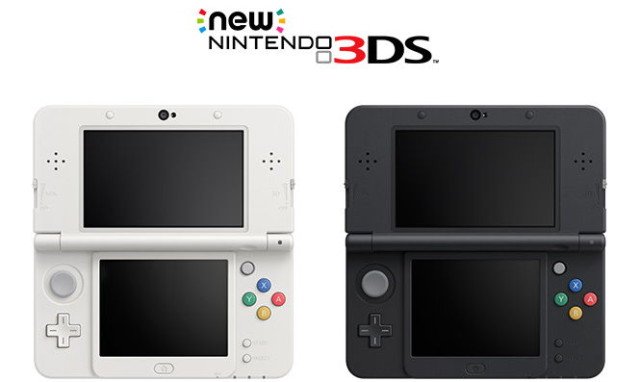
The difference between the average AAA console game and the average Nintendo DS game, of course, is budget costs. The report states that Sony will forbid developers from making Neo-exclusive games, citing that every game launched on the PlayStation should utilize the PS4's base specs first. Developers can then create Neo graphic-tiers for their games. First party studios, like Naughty Dog, will, of course, utilize the latest specs to help Sony showcase and market the device, but for third-party developers, it will only add a layer to their development costs.
For third-party developers, it will only add a layer to their development costs.
For those devs that can't, or don't want to make Neo tiers for their games, they face criticism and scrutiny from people who do buy into Sony's two-tier system. Of course, the most passionate devs will jump at the chance to see their hard work rendered more beautifully, but there are always financial realities to consider. Right now, I don't feel like the Neo necessarily represents an economic opportunity for anyone other than Sony – but did Sony have any choice?
PC shipments might be on the decline overall, but PC gaming rigs are seeing growth. Everybody knows that if you want the best graphics, the best performance, a Windows PC is the only option. Every pre-built PC requires a Windows license, and that goes directly into Microsoft's deep, deep pockets.
By cultivating a focus on the scant performance disparity between PS4 and Xbox One, Sony may have unwittingly placed a spotlight on just how weak the current-gen consoles are when compared to the infinite potential of a Windows PC. For every PS4 fanboy gloating over a Xbox game missing out on a few pixels, there's a legion of PC gaming rig owners laughing from behind multiple monitors powered by SLI graphics – and these sorts of experiences are becoming cheaper.
If the extreme long-term endgame of the Xbox, Universal Windows Platform, and the Windows 10 Store is the option of a standardized console-like gaming experience on infinitely upgradable PCs, a more rapid release cycle for PlayStation hardware could become more of a necessity to entice people who feel invested in high performance. The threat of Microsoft turning their Windows monopoly into a compelling AAA option for affordable, but upgradable, TV gaming is something Sony would be foolish to ignore.
The Path of Neo

Xbox and PlayStation are locked in a vicious battle for supremacy, and it's no secret that Xbox is the underdog. After the PR disaster of its launch, the Xbox One found momentum in a games-focused strategy shift, and a new leader in Phil Spencer.
Simply having a lead helps Sony sell consoles, as many consumers will just purchase whichever console their friends have. Despite that, Phil Spencer's focus on games has been winning strategy thus far, allowing Microsoft a brief sales victory in the US following the launch of Halo 5. Gears of War 4 could achieve similar results.
Sony may have unwittingly placed a spotlight on just how weak the current gen consoles are.
Still, there are millions of gamers still holding on to the PS3 and Xbox 360, satisfied with the prolonged generation's massive catalog, and the occasional support the consoles receive from some of the most major publishers (and franchises).
While Sony fans seem divided over whether or not a PS4.5 is a good thing, for PS3 and Xbox 360 owners who have yet to make the leap, a PS4.5 could be just what the Oracle ordered.
With games to one side, it's clear from the way resolution debates, comparison articles and performance referencing PR slogans have dominated this generation that visual quality remains a sticking point. When reaching out to the casual consumer with TV ads and billboards, being able to offer empirical, visual evidence that your console puts out the best graphics creates a powerful incentive to buy. Sony is playing to their hardware and manufacturing strengths with the PS4.5 because they simply can't touch Microsoft on the software front.
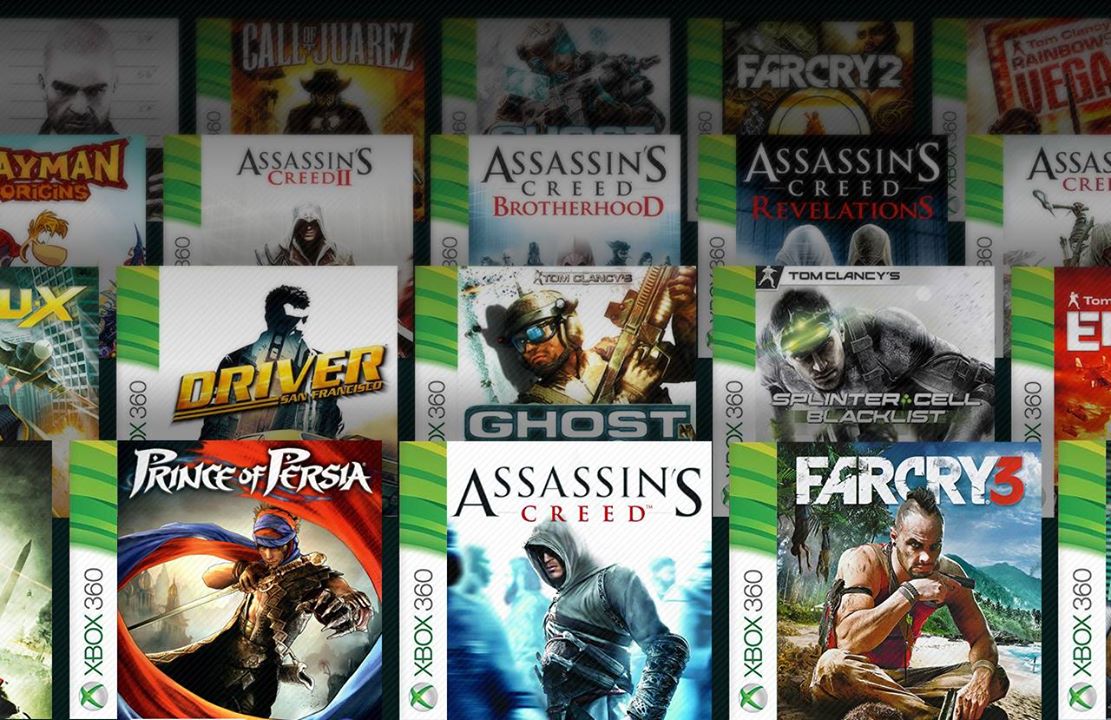
Microsoft is working tirelessly to bring gamers' existing Xbox 360 licenses and games to Xbox One via software emulation, and the company is investing a lot in sequels and new IP, buying up Gears of War from Epic Games and funding high-quality, big-budget experiments like Quantum Break.
Knowing that the Xbox One is technologically inferior to the PS4 where it counts to the mass market, Microsoft has been plowing new features into the console with software updates, working through requests on UserVoice, adding value.
On the other hand, Sony has jumped on the VR hype train, offering the cheapest point of entry for gamers interested in the tech. And now we have the PS4 "Neo", which Sony hopes will extend their hardware lead even further over Microsoft's platform. I've argued before that software will win the battle when it comes to the inevitable cloud-powered future, but by allowing Sony to continue to dictate the narrative over which brand creates the most powerful home consoles, it could prove even more disruptive for Xbox One in the short term.
The Path of the One
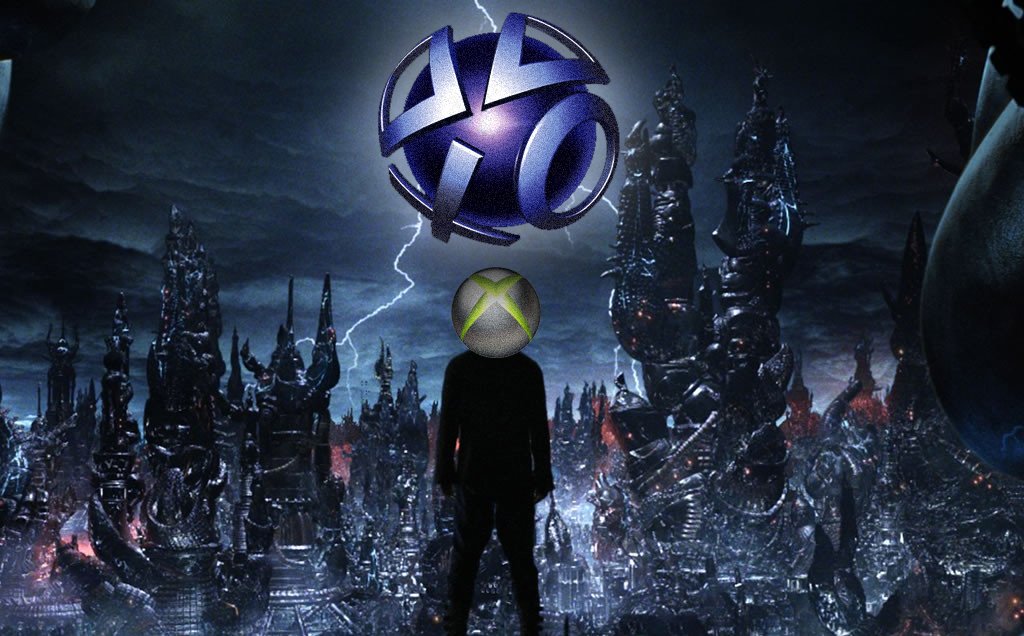
As amazing as some of Microsoft's software innovations have been, a lot of them are hard to explain in a simplistic marketing narrative. Before we had a demonstration in the form of Crackdown 3, how do you explain Azure-powered cloud physics in a quick PR release? Gamers were notoriously sceptical of the cloud-powered proposition. How do you explain the benefits that UWP and Windows 10 will bring to the Xbox One in a single image? Microsoft needs something simple to explain, and monstrously compelling if they want to stop Sony stealing the spotlight at this year's E3.
Clearly, the Xbox team is already considering how to tackle the next generation of Xbox hardware.
It certainly appears as though Microsoft is gearing up to launch at least some form of Xbox One redesign shortly, and while there are reports that the company is testing out new Xbox configurations already, Phil Spencer recently stated that he's not a fan of modest mid-gen hardware upgrades. Spencer also said that he doesn't want Xbox fans to miss out on the latest technical innovations, as the industry moves forward.
Clearly, the Xbox team is already considering how to tackle the next generation of Xbox hardware, and presumably how not to be left in the dust.
The x86 architecture ensures that the Xbox One is designed with the future in mind. Phil Spencer's strategy of flooding the Xbox with the biggest library of games a console has ever seen via backward compatibility is a powerful argument for convincing Xbox 360 owners to choose Xbox One instead of PS4. Some of the biggest titles of last gen have yet to appear, though, with games like Red Dead Redemption, Elder Scrolls V: Skyrim still missing, but every time a new game does make its way across, headlines are made.
Phil Spencer also demonstrated how a single tool could repackage Age of Empires II and The Witcher 3 for the Universal Windows Platform, which features Xbox One as a deployment endpoint. With the combination of mouse and keyboard, classic (and modern) PC games could hit Xbox One with minimal development time. Many indie devs target PC almost exclusively, due to its openness.
Still, as mentioned earlier, none of these aspects are easy to market as features, and, while Microsoft has an incredible array of existing and upcoming games, the competition for gamer's free time has never been so voracious. Consumer fatigue is a real thing.
As noted, there's always the chance Sony could totally stumble with the messaging, and leave Microsoft wide open to present a humbler, simpler, more focused strategy that could resonate more strongly with that influential core audience. Microsoft could also opt to wait it out, deciding that catching up to the PS4 is impossible at this point, and offer an even more powerful Xbox 'Two' instead a little later, as suggested by Spencer's comments about incremental hardware updates.
They could even do something wildly drastic, dropping the fee for multiplayer for Xbox One owners, emulating the free upgrades of Windows 10 designed to drive growth from existing customers on previous generation software. This could be particularly attractive considering the fact Microsoft just announced the end of Xbox 360 manufacturing, but the hit to the Xbox division's finances would be significant.
I've said it before: since software wizardry of backward compatibility, it feels as though Phil Spencer's Xbox team can and will do everything they can to please both current and future users.
Either way, E3 2016 is going to particularly interesting this year. The fact that the PS4.5 leaked now gives Microsoft time to cultivate a proper response. It's a certainty that Microsoft have some explosive surprises in store.
The issue of mid-gen upgrades appears to have divided the community, and there are great points to be made on all sides.
How do you feel about the possibility of shorter, more rapid console cycles? Let us know in the comments!

Jez Corden is the Executive Editor at Windows Central, focusing primarily on all things Xbox and gaming. Jez is known for breaking exclusive news and analysis as relates to the Microsoft ecosystem while being powered by tea. Follow on Twitter (X) and tune in to the XB2 Podcast, all about, you guessed it, Xbox!
